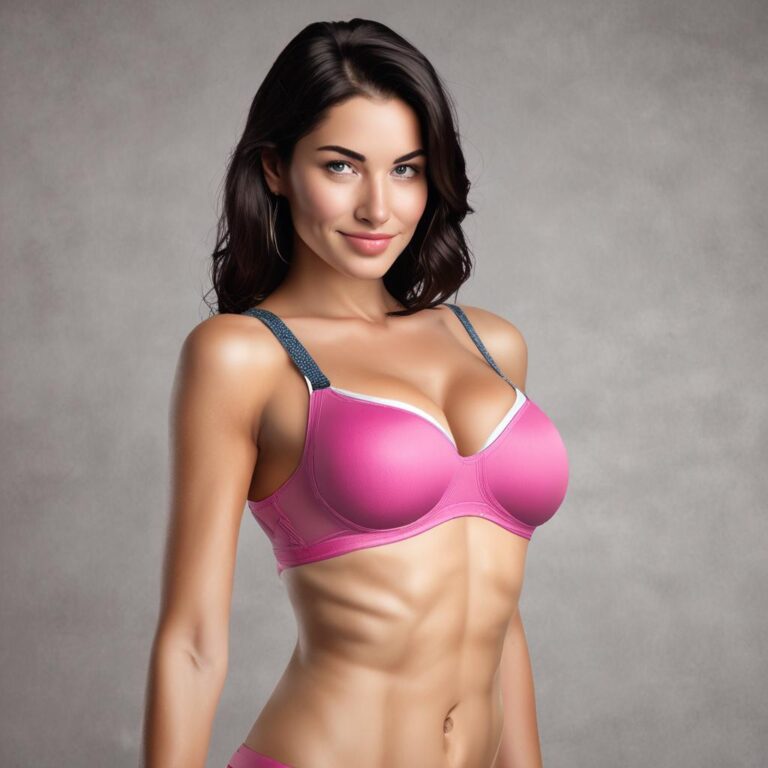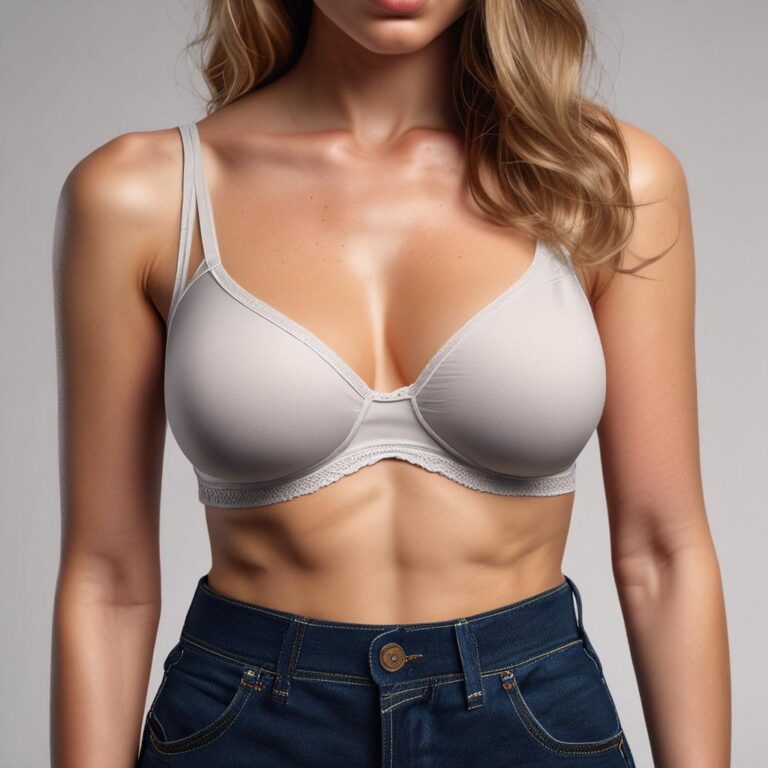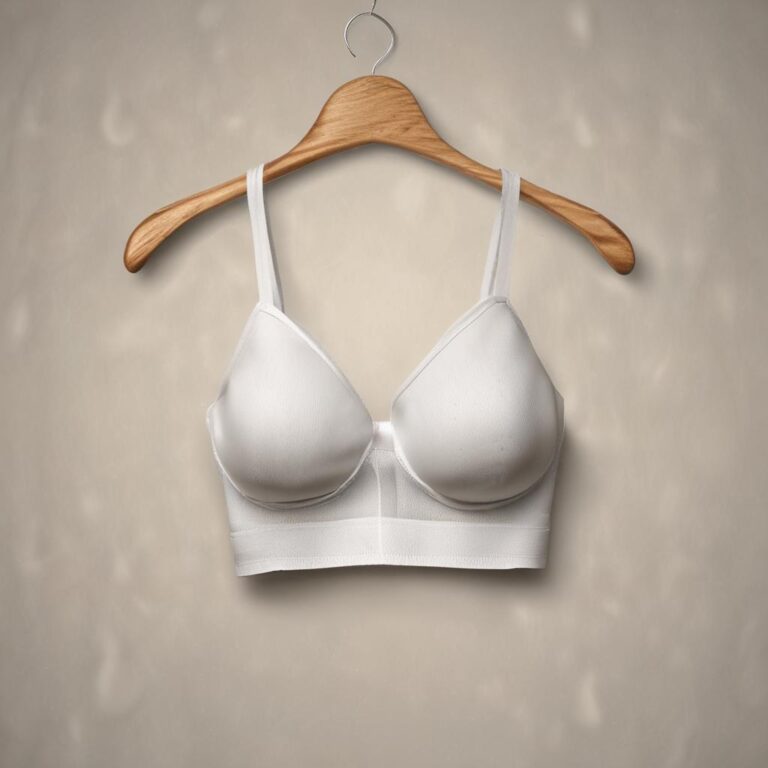You’ve probably heard the term “C cup” tossed around in conversations, fashion magazines, or while shopping for lingerie—but what does it actually mean? Despite being one of the most common bra sizes, there’s still widespread confusion about what a C cup represents, how it’s measured, and how it fits different body types. Many women assume it’s a universal size, when in reality, a C cup can look and fit very differently depending on the band size and individual shape. Understanding your bra size isn’t just about labels—it’s about comfort, support, and confidence. In this guide, we’ll break down everything you need to know about C cup bras, from how they’re measured to how to find the perfect fit, all while busting common myths and empowering you with accurate, practical knowledge.
Understanding Bra Sizing Basics
Bra sizing can feel like a puzzle, but once you understand the basics, it becomes much simpler. A bra size isn’t just a letter or a number—it’s a combination of both, working together to create a custom fit for your body. The goal is to distribute weight evenly, provide lift, and ensure long-term comfort. Knowing how sizing works is the first step toward finding bras that truly fit well and support your daily life.

The Two Components of Bra Size – Band and Cup
Every bra size consists of two parts: the band size and the cup size. The band size is the number (like 32, 34, or 36) and corresponds to the measurement around your torso, just under your bust. This part of the bra provides most of the support—about 80%. The cup size is the letter (A, B, C, etc.) and indicates how much volume your breasts need in the front of the bra. Crucially, cup size is relative to band size; a C cup on a 32 band holds less volume than a C cup on a 38 band. Both elements must work in harmony for a proper fit.
How Cup Size is Calculated
Cup size is determined by the difference between your bust measurement and your underbust (band) measurement. To calculate it, measure around the fullest part of your bust, then measure snugly around your ribcage beneath the bust. Subtract the underbust number from the bust number. The difference in inches corresponds to your cup size: 1 inch = A cup, 2 inches = B cup, 3 inches = C cup, and so on. For example, if your underbust is 34 inches and your bust is 37 inches, the 3-inch difference means you’re a C cup—giving you a size 34C.
The Myth of Absolute Cup Size
One of the biggest misconceptions is that a C cup is the same no matter the band size. In reality, a 32C and a 38C are not the same volume. As the band size increases, so does the cup volume—even with the same letter. This concept is known as “sister sizing.” For instance, a 36C has a similar cup volume to a 34D or a 38B. A 38C actually holds significantly more than a 32C because the cup scales with the band. This is why two women both wearing “C cups” can have very different breast volumes and silhouettes.
What Does a C Cup Bra Actually Mean?
Now that we’ve covered the basics, let’s zero in on the C cup. Often seen as a benchmark size in lingerie and fashion, the C cup carries both practical and cultural significance. But what does it really mean to wear a C cup, and how should you interpret this size in the context of your body?
Defining the C Cup – The 3-Inch Difference Rule
A C cup is defined by a 3-inch difference between your bust and underbust measurements. For example, if your underbust measures 34 inches and your bust measures 37 inches, you’re a 34C. This rule applies across all band sizes. Below is a simple reference table showing how a C cup translates across different band sizes:
- 30 band + 33 bust = 30C
Each of these is a C cup, but as the band increases, so does the overall cup volume and fit on the body.
Is a C Cup Considered Small, Medium, or Large?
In many regions, including the US and UK, a C cup is often seen as a medium or average size. However, this perception can be misleading. On a smaller frame (like a 30 or 32 band), a C cup may look modest, while on a larger band (like 38 or 40), it can appear fuller. Cultural media often portrays the C cup as the “ideal” size—neither too small nor too large—which has contributed to its popularity and visibility. In reality, it’s just one of many normal, healthy sizes, and its appearance varies widely depending on the individual.
Visualizing a C Cup – What Does It Look Like?
It’s hard to describe exactly how a C cup looks because it depends on breast shape, body fat distribution, and band size. Generally, a C cup offers a balanced, rounded silhouette that fills the cup without overflowing. Some people compare it to the size of a grapefruit per breast, but fruit analogies can be inconsistent and overly simplistic. On a 34 band, a C cup often appears proportional and natural under clothing. On a 40 band, the same cup letter represents a larger volume. The best way to visualize it is to focus on fit: a well-fitting C cup should sit smoothly, with no gaps or spillage.
How to Measure Yourself for a C Cup Bra
Knowing how to measure yourself is the first step toward finding your true size. Many women wear the wrong size for years simply because they’ve never measured correctly. A few simple steps can make a huge difference in comfort and support.
Step-by-Step Self-Measurement Guide
To measure for a C cup—or any cup size—start by wearing a non-padded bra or no bra at all. Use a soft measuring tape and stand in front of a mirror. First, measure your underbust: wrap the tape snugly around your ribcage, just beneath your bust, keeping it parallel to the floor. Round to the nearest whole inch; if it’s an odd number, add 1 for band size (e.g., 33 becomes 34). Next, measure your bust at the fullest point, keeping the tape level. Subtract the underbust from the bust measurement. If the difference is 3 inches, you’re likely a C cup. For example, 34 underbust and 37 bust = 34C. Remember, brands vary, so try multiple styles for the best fit.
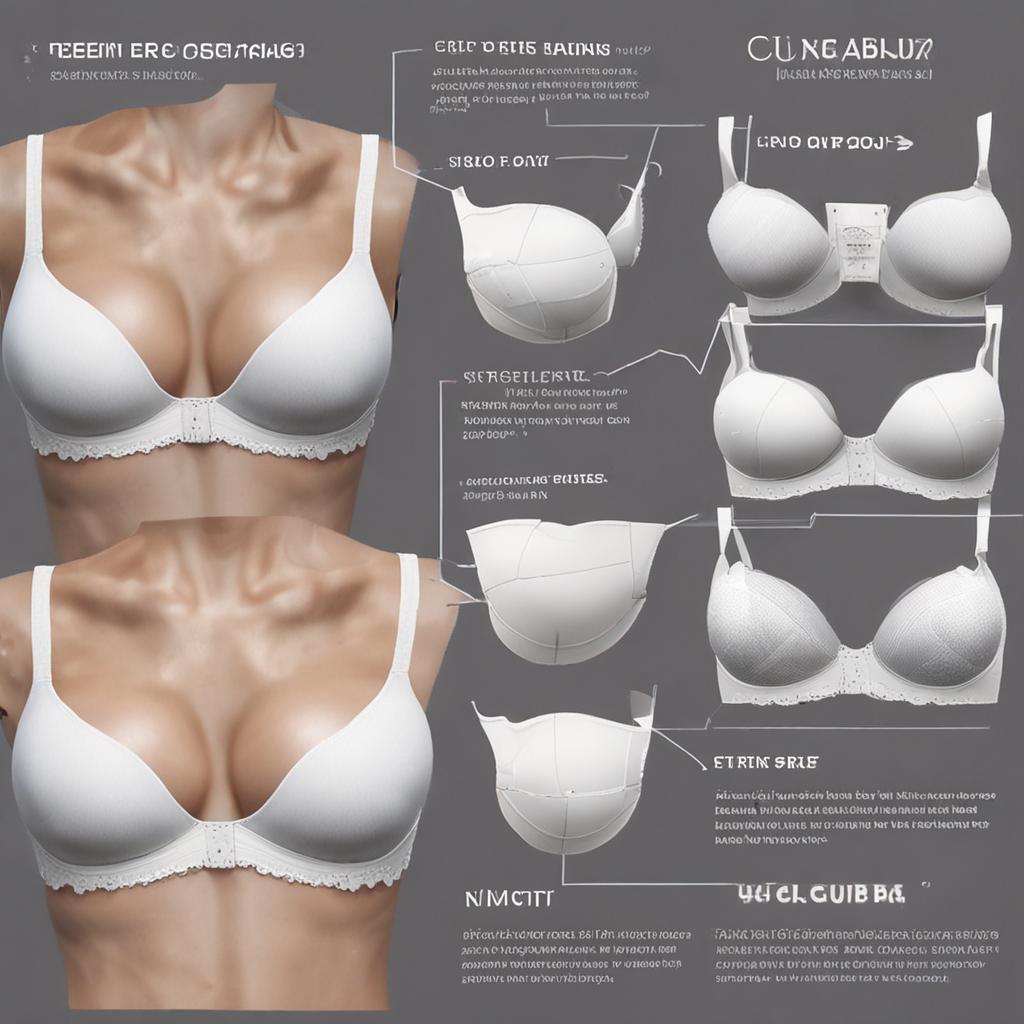
Common Measurement Mistakes to Avoid
- Measuring too loosely: The underbust band should be snug, not loose.
C Cup Bra Styles and Fit Tips
Once you know your size, the next step is finding the right styles that suit your lifestyle and preferences. C cups have a wide range of options, from everyday comfort to special occasion glamour.
Best Bra Styles for C Cups
- Full-coverage bras: Offer excellent support and modest coverage, ideal for everyday wear.
While push-up bras are optional, many C cup wearers find they don’t need extra padding for a natural, attractive shape.
How to Tell If Your C Cup Bra Fits Properly
A well-fitting C cup bra should feel supportive, not restrictive. The band should sit snugly around your ribcage—tight enough to stay in place but not dig in—and remain level all the way around. The cups should fully enclose your breasts without gapping (too big) or spilling over (too small). The center gore (the piece between the cups) should lie flat against your chest. Straps should stay in place without digging into your shoulders. If the bra rides up, the band is too loose. If it feels like all the weight is on the straps, the band isn’t doing its job.
Debunking Common Myths About C Cup Bras
Despite being common, C cups are surrounded by myths that can lead to confusion and insecurity. Let’s clear the air with some hard truths.
Myth 1: All C Cups Are the Same Size
False. A 32C and a 38C are not the same volume. As the band size increases, the cup size also increases. A 38C actually holds more breast tissue than a 32C. This is why sister sizing matters—women with similar breast volumes may wear different sizes based on their frame.
Myth 2: C Cups Don’t Need Support
Every breast size benefits from proper support. Without it, even C cups can experience discomfort, strain on the shoulders, and long-term sagging. A well-constructed bra helps maintain shape and posture, especially during physical activity.
Myth 3: C Cup Means “Perfect” or “Ideal” Size
While media and fashion often portray the C cup as the gold standard, this is a social construct, not a fact. All bra sizes are normal and beautiful. A C cup is simply one of many common sizes—not better, not worse. Confidence comes from fit and comfort, not from meeting an arbitrary ideal.
When to Get a Professional Bra Fitting
While self-measuring is a great start, a professional fitting can fine-tune your size and open you up to new styles and brands you might not have considered.
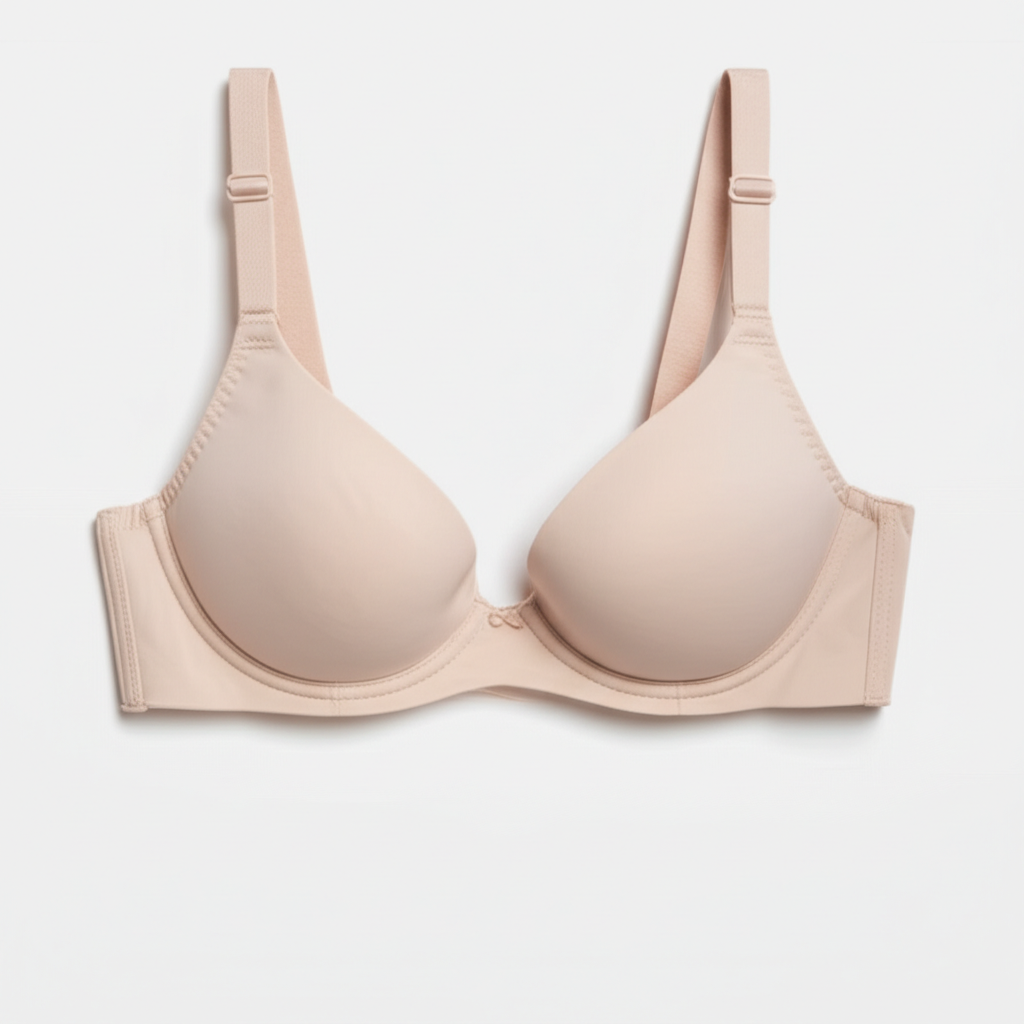
Benefits of a Professional Fitting
Features table for Benefits of a Professional Fitting
Trained fitters can assess your shape, recommend the best styles for your body, and spot subtle fit issues you might miss. Many lingerie stores offer free fittings, and experts can help you understand why certain bras work better than others. They can also guide you through brand variations, as sizing isn’t standardized across manufacturers.
How Often Should You Be Refitted?
Experts recommend getting refitted every 6 to 12 months. Your size can change due to weight gain or loss, pregnancy, breastfeeding, hormonal shifts, or even aging. Even small changes can affect comfort and support, so regular check-ins help ensure you’re always wearing the right size.
Conclusion – Embracing Your C Cup with Confidence
A C cup bra is more than just a label—it’s a size defined by a 3-inch difference between bust and underbust, one that varies significantly with band size. Whether you’re a 30C or a 40C, your size is valid, common, and worthy of comfort and support. Understanding how bra sizing works empowers you to make informed choices, avoid fit issues, and feel confident in your skin. The right bra shouldn’t pinch, gap, or ride up—it should feel like a second skin. So measure accurately, try different styles, and remember: there’s no “ideal” size, only the one that feels right for you. Embrace your C cup, or whatever size you wear, with pride and confidence.
Frequently Asked Questions (FAQs) About C Cup Bras
Is a C cup considered big?
No, a C cup is typically considered average or medium. Perceptions vary by region and body type, but it’s one of the most common sizes. Cup volume also depends on band size—e.g., a 38C holds more than a 32C.
Can a C cup wear a bralette or unlined bra?
Yes! Many C cup wearers can comfortably wear bralettes or soft cup bras, especially if they offer light support and a proper band fit. It depends on breast shape and personal comfort.
Why does my C cup bra gap or spill over?
Gapping often means the cup is too big or the shape doesn’t match your breast profile. Spillage suggests the cup is too small. Adjust cup size or try a different style (e.g., plunge vs. full-coverage).
Do C cups need underwire bras?
Not necessarily. Underwire offers structure and lift, but many C cup wearers prefer wireless or soft-cup bras for comfort. It depends on personal preference and support needs.
How common is a C cup bra size?
Very common. In countries like the US and UK, C is often the most frequently sold cup size, reflecting its place as a mid-range, average size for many women.

